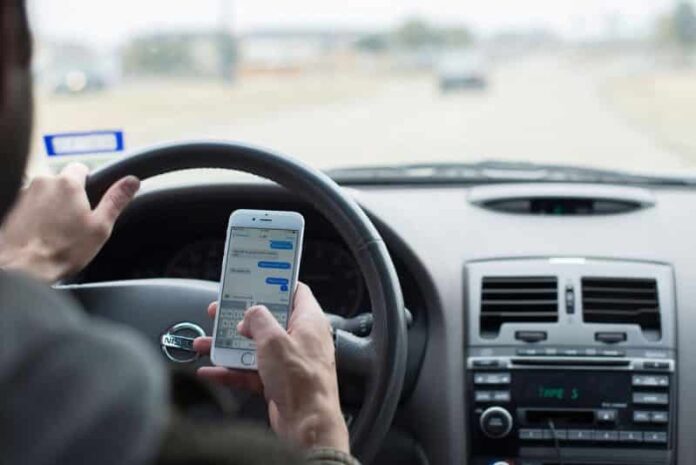Cell phones have revolutionized the way we communicate and interact with each other. However, the use of cell phones while driving has become a major concern, leading to numerous accidents, injuries, and fatalities. The issue of cell phones and driving has become a topic of debate, with opinions divided between those who advocate for its restriction and those who believe it’s a personal choice. In this essay, we will explore the effects of cell phones on driving, the reasons why it’s dangerous, and the measures that can be taken to reduce the risk of accidents.
The use of cell phones while driving is a form of distracted driving, which is a significant cause of road accidents. According to the National Highway Traffic Safety Administration (NHTSA), distracted driving was responsible for 2,841 deaths and 400,000 injuries in 2018. Distracted driving occurs when the driver’s attention is diverted from the task of driving to other activities, such as texting, making calls, or checking emails. When the driver’s eyes are off the road, their hands are off the wheel, and their mind is off the task of driving, it creates a dangerous situation that can lead to accidents.
The use of cell phones while driving is particularly dangerous because it involves visual, manual, and cognitive distractions. Visual distractions occur when the driver takes their eyes off the road to look at the phone. Manual distractions occur when the driver takes their hands off the wheel to hold or operate the phone. Cognitive distractions occur when the driver’s attention is diverted from driving to the conversation or message on the phone. These distractions make it difficult for the driver to react quickly to changing traffic conditions, leading to accidents.
Several studies have shown that using cell phones while driving increases the risk of accidents. A study by the National Safety Council found that cell phone use while driving led to 1.6 million crashes in the US in 2017. Another study by the Insurance Institute for Highway Safety found that drivers who use cell phones while driving are four times more likely to be involved in a crash than those who don’t. These statistics highlight the need for measures to reduce the risk of accidents caused by cell phone use while driving.
One way to reduce the risk of accidents caused by cell phones is to restrict their use while driving. Many countries and states have implemented laws that prohibit the use of handheld cell phones while driving. In the US, 48 states have banned texting while driving, while 21 states have banned handheld phone use while driving. These laws have been effective in reducing the number of accidents caused by distracted driving.
Another way to reduce the risk of accidents caused by cell phones is to promote awareness about the dangers of distracted driving. Public education campaigns can inform drivers about the risks of using cell phones while driving and encourage them to adopt safe driving habits. Many organizations, including the NHTSA and the National Safety Council, have launched campaigns to raise awareness about the dangers of distracted driving.
In conclusion, the use of cell phones while driving is a significant cause of road accidents, leading to numerous injuries and fatalities. The visual, manual, and cognitive distractions involved in cell phone use make it difficult for drivers to react quickly to changing traffic conditions, increasing the risk of accidents. Measures such as laws restricting cell phone use while driving and public education campaigns can help reduce the risk of accidents caused by distracted driving. It’s essential for drivers to recognize the dangers of using cell phones while driving and to take steps to avoid distractions while driving to ensure their safety and the safety of others on the road.


































